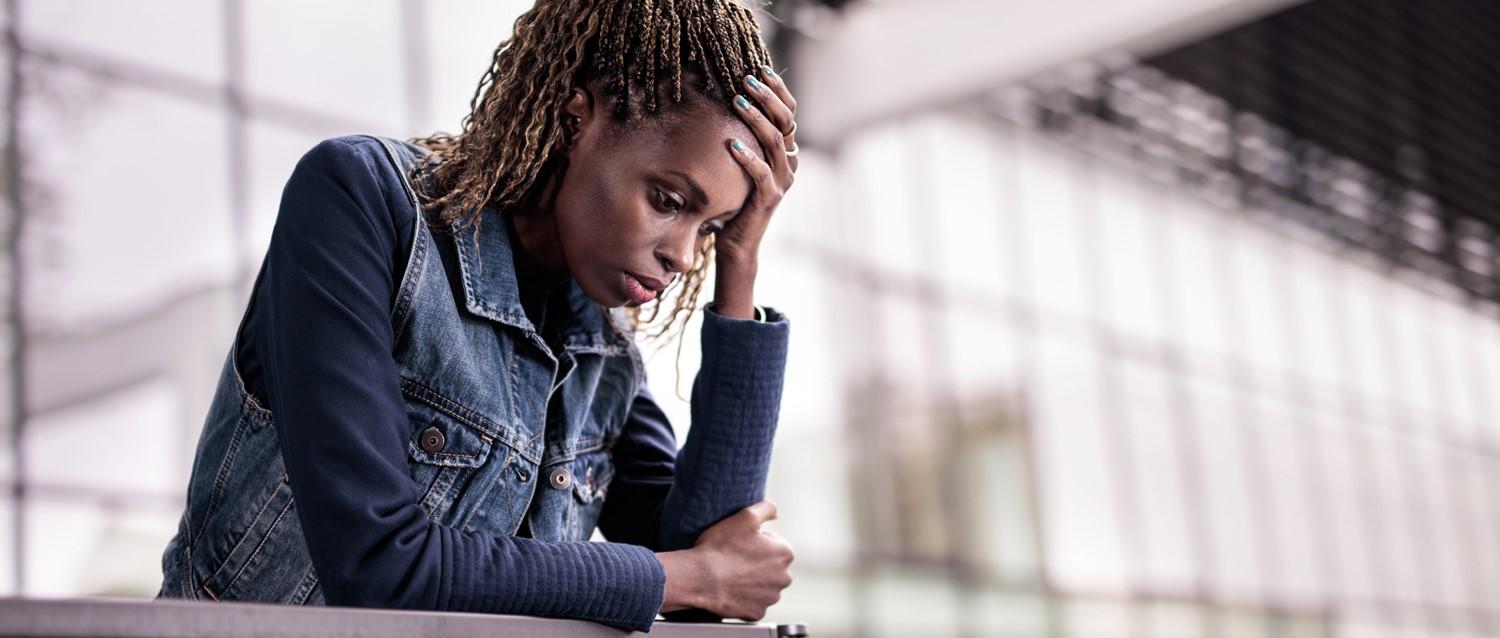
Vyepti: a new drug for preventing migraines
Peer reviewed by Dr Krishna Vakharia, MRCGPAuthored by Amberley DavisOriginally published 22 May 2023
Meets Patient’s editorial guidelines
- DownloadDownload
- Share
- Language
- Discussion
A new drug for chronic migraine could improve access to effective migraine prevention treatment in the UK. How effective is Vyepti (eptinezumab)? And who could benefit from treatment?
In this article:
Continue reading below
A new drug for migraine
In April 2023, a new preventative treatment option became available on NHS England for adults living with chronic migraine, following approval from the National Institute for Health and Care Excellence (NICE) in March1.
The new drug, known both as eptinezumab and by brand name Vyepti, is believed it to be as effective as the other current injectable treatments. However, because it's injected by hospital staff rather than seif-administered, Vyepti could be helpful for those who find it difficult or impossible to self-inject at home. This drug is unlikely to benefit people who can't regularly visit hospital - as well as those hoping for a non-injectable treatment to appear on the market.
Migraine episodes can involve throbbing headaches, nausea, and vomiting. Dealing with this condition long-term has a profound impact on someone's quality of life - their relationships, careers, and general wellbeing can all be affected.
Rob Music is chief executive at The Migraine Trust. He says that another treatment option is great news, as long as those who are eligible can access it:
"The class of drugs that Vyepti belongs to can be life-changing - allowing many to do things that migraine had prevented them from doing, from being able to work full-time to being able to enjoy travelling."
Music adds "
As we start 2023, we hope that integrated care systems will do more to ensure that there is greater access to this potentially life changing treatment.”
Vyepti (eptinezumab) FAQs
Why do we need Vyepti?
There are other chronic migraine drugs on the market. However, many oral preventative treatments are largely ineffective and poorly tolerated1. In the NHS, it's standard practise for people to try at least three oral preventative treatments before being considered for more specialist injectable drugs, including erenumab, fremanezumab, and galcanezumab.
While these injectable drugs have a much higher success rate in reducing and managing migraine, there are two drawbacks that could prevent some people from accessing their benefits:
They are all self-administered by injection - this excludes people who can't self-inject due to physical disability or psychological barriers such as needle phobias.
Access can vary depending on where someone lives - not everyone has a suitable home set-up to store and carry out this treatment.
Vyepti provides an alternative option because it's administered as an infusion by a professional in hospital, every 12 weeks.
What does Vyepti do?
Vyepti works in much the same way as the current injectable drugs. It prevents future migraines by blocking a protein called calcitonin gene-related peptide (CGRP) which is thought to play a part in triggering migraine episodes. The new treatment works immediately to prevent migraine episodes - but it doesn't treat episodes that are already happening.
While there are no clinical trials that directly compare the effectiveness of Vyepti against the other injectables, an indirect comparison suggests that it works as well as these treatments1.
For treatment to be considered successful, you should expect:
At least a 50% reduction in episodes if you have episodic migraine - fewer than 15 migraine days a month.
At least a 30% reduction if you have chronic migraine - 15 or more migraine days a month.
Who is Vyepti for?
NICE estimates that this drug could benefit around 164,000 people in the UK2. You may be one of these people, if you meet the following eligibility criteria:
You're an adult.
You experience four or more migraine days a month.
You have already been treated unsuccessfully with three or more preventive treatments.
How is Vyepti given?
Unlike the other treatments on the market, Vyepti is administered as an infusion into your veins. This means that it's delivered directly into your blood stream and can start working straight away. You may notice your migraine episodes have gone from the first day of treatment.
The infusion is done by a health professional in hospital every 12 weeks. This makes Vyepti a promising alternative for people who are unable to use the at-home self-injecting drugs.
Is Vyepti safe?
Scientists describe Vyepti as a relatively safe drug. While there are possible side effects, these aren't too common and are usually mild - although more serious side effects can occur3.
Mild side effects
The common cold.
Upper respiratory tract infections (URTIs).
Sinusitis
These side effects may disappear on their own within a few days or weeks. However, you need to talk to your doctor or pharmacist if they don't go away or become more severe.
Serious side effects
Serious side effects aren't common and are usually an allergic reaction to one of the ingredients in Vyepti. Severe allergic reaction symptoms include:
Skin rash.
Feeling or being sick.
Difficulty breathing.
Chest pain or tightness.
Anaphylaxis - the most dangerous and sudden type of allergic reaction.
If you experience any of these symptoms, you need to seek urgent medical attention.
Pregnancy and breastfeeding
The treatment has undergone many clinical trials and has been found to be safe for most people, including those with type 2 diabetes and obesity3. This said, its effects on pregnant and breastfeeding women aren't yet known, because these groups aren't able to participate in trials.
Continue reading below
Further reading
Patient picks for Migraine

Brain and nerves
Could histamine be the cause of your migraines?
Here in the UK, migraine affects 1 in 7 people and is more prevalent than diabetes, epilepsy and asthma combined. It is the most common and disabling neurological disorder in the UK with 190,000 attacks daily. We investigate the evidence linking histamine and migraine and the treatment options available.
by Ginny Weeks

Brain and nerves
Can Botox cure your migraines?
Most of us suffer from a headache from time to time. But imagine having several debilitating migraines per week, often accompanied by nausea or vomiting. Janet Falcondale, 46, from North Yorkshire, has suffered from headaches and migraines since childhood. "My migraines often start with an aura - a visual problem that causes blind spots. I've had to take time off work, and have been laid up in bed for days at a time," she explains. Migraines are often debilitating, meaning sufferers of frequent attacks can experience a great deal of disruption to their daily lives. From lost opportunities at work, poor performance due to presenteeism and even hospital admission, having regular migraines can be a real pain.
by Gillian Harvey
Continue reading below
Article history
The information on this page is peer reviewed by qualified clinicians.
22 May 2023 | Originally published
Authored by:
Amberley DavisPeer reviewed by
Dr Krishna Vakharia, MRCGP

Ask, share, connect.
Browse discussions, ask questions, and share experiences across hundreds of health topics.

Feeling unwell?
Assess your symptoms online for free
Sign up to the Patient newsletter
Your weekly dose of clear, trustworthy health advice - written to help you feel informed, confident and in control.
By subscribing you accept our Privacy Policy. You can unsubscribe at any time. We never sell your data.